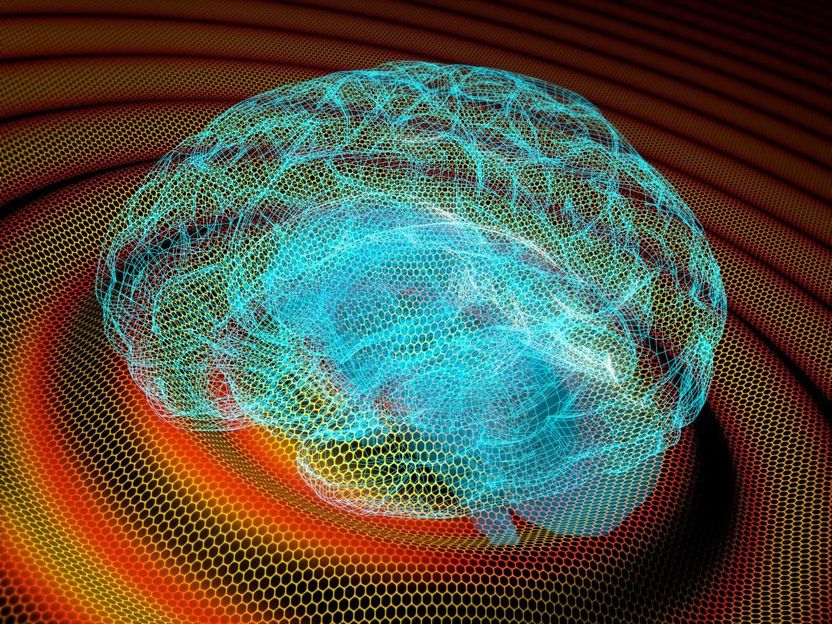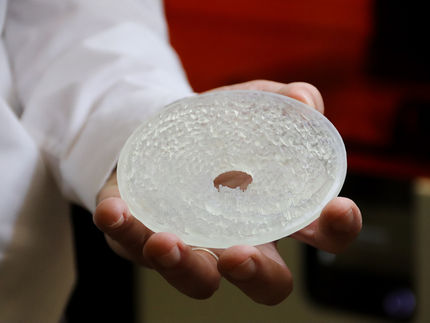A company with CSIC technology to develop graphene transistors to treat neurological diseases
Inbrain Neuroelectronics will manufacture devices that will improve the decoding of brain signals.
Advertisement
The company Inbrain Neuroelectronics, a technology-based company co-founded by researchers from the Spanish National Research Council (CSIC), seeks to decode brain signals to achieve intelligent neurological therapies based on graphene that can treat neurological diseases such as epilepsy, Parkinson's and other neurological diseases. The company designs smart microdevices to be implanted in the brain, capable of decoding brain signals with high fidelity, and that can serve in therapeutic treatment tailored to the clinical condition of each patient.

The company Inbrain is developing brain implants based on graphene.
ICN2/IMB
Now, the company has signed an agreement for the exploitation of three patents and a trade secret, the result of the collaboration of six public research institutions, to develop and manufacture these devices at the Institut Català de Nanociència i Nanotecnologia (ICN2-CSIC-UAB) and the Institute of Microelectronics of Barcelona (IMB-CNM) of the CSIC.
"The agreement will allow Inbrain the clinical translation of technology based on graphene transistors that have demonstrated unique capabilities in recording ultra-slow brain signals," explains Anton Guimerà, co-founder of Inbrain Neuroelectronics and researcher at IMB-CNM. These signals have key implications in diseases such as epilepsy and stroke.
"We hope that this technology will help to better understand neurological diseases and, ultimately, to develop an advanced generation of neuroelectronic therapies with which to improve their treatment," clarifies Jose Antonio Garrido, ICREA researcher at ICN2 and also co-founder and scientific director of Inbrain Neuroelectronics.
Inbrain Neuroelectronics received private funding of 14 million euros, last March 2021. The patented technologies include a device that limits current spikes in electrophysiological signal recording instruments, a circuit for multiplexing and readout of variable resistance sensors, and a flexible array of graphene transistor arrays for cortical mapping and data.
This is a successful technology transfer in a public-private collaboration with multiple research institutions.
Note: This article has been translated using a computer system without human intervention. LUMITOS offers these automatic translations to present a wider range of current news. Since this article has been translated with automatic translation, it is possible that it contains errors in vocabulary, syntax or grammar. The original article in Spanish can be found here.
Other news from the department science
Most read news
More news from our other portals
Something is happening in the life science industry ...
This is what true pioneering spirit looks like: Plenty of innovative start-ups are bringing fresh ideas, lifeblood and entrepreneurial spirit to change tomorrow's world for the better. Immerse yourself in the world of these young companies and take the opportunity to get in touch with the founders.
















































